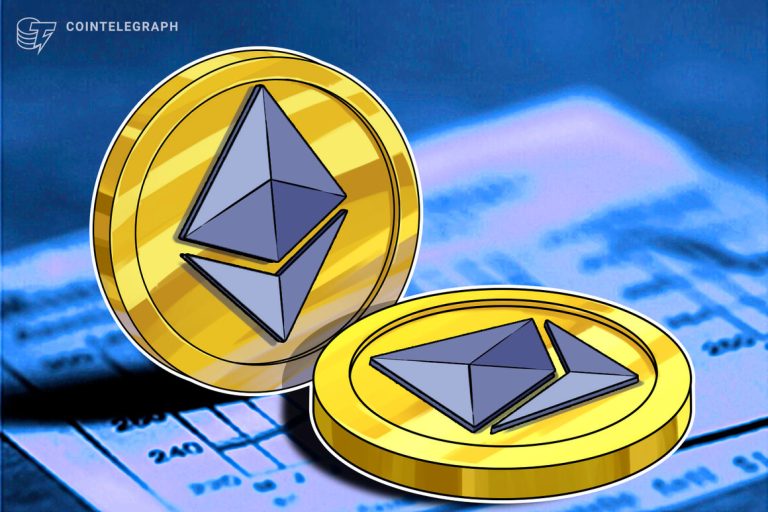
Altcoin has been a derogatory term used to describe all cryptocurrencies besides Bitcoin (BTC). However, since the emergence of over 20,000 cryptocurrencies, the definition of altcoin has become more precise and Ethereum (ETH) has helped to shake off the stigma.
In the early days of cryptocurrency, altcoin was an insulting way to refer to any cryptocurrency alternative to Bitcoin. These coins included Litecoin (LTC), Ripple (XRP) and Peercoin (PPC). With the explosive growth of the crypto sector, the term has become more specific, usually referring to coins within a specific track.
Ethereum was initially seen as a Bitcoin competitor, but it has since grown to become the first public chain to support smart contracts, and its DeFi ecosystem has catapulted it to the forefront of the crypto world. Its powerful technology, along with a vibrant community, has established it as a leader in the altcoin space.
Then came the Ethereum merger, a six-part process that is designed to make the blockchain capable of processing 100,000 transactions per second. This transition has had a number of positive effects, including lower power consumption and improved security. While investors weren’t expecting an immediate price surge, the merger has laid the foundations for a powerful infrastructure that will last for years.
The dominance of Bitcoin and Ethereum should not stop other blockchain developers from entering the market. Altcoins have more than just monetary benefits, and it’s clear that community building and other blockchain applications are not exclusive to the top crypto sellers.
It may be that Bitcoin’s position as the original cryptocurrency means that all coins are forever considered altcoins. But Ethereum has shown that with enough enhancement and growth, this title does not have to be an insult.